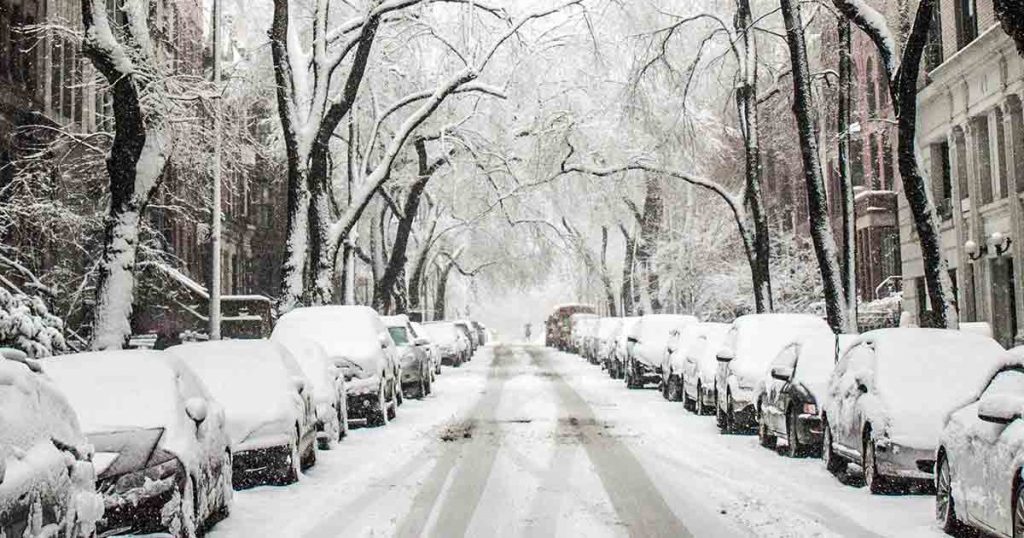Winter can be just as fun as summer in Nova Scotia. There are endless outdoor activities available in and around the city. We’re close to great downhill skiing and snowboarding options and we’re home to numerous cross country skiing and snowshoeing trails. For those who aren’t inclined to the outdoors in winter there are also many ways to stay active by taking advantage of our indoor recreation and fitness facilities.
With winter comes the need to take extra precautions when getting around. Whether you’re heading to the gym or you’re heading out for a snowshoeing adventure you have to be vigilant. I’m sharing a few posts about staying safe this winter.
#7 Sometimes you should just stay home!
During a storm or even just a heavy snowfall, check road conditions before choosing to drive. You can follow the Halifax Regional Police on Twitter for updates on city road conditions and to find out if police are advising that you stay off the roads. You can check on the conditions on the MacKay and MacDonald bridges by following Halifax Harbour Bridges on Twitter or visiting the Traffic Alerts section found on the home page of their website. If you’re considering travel outside the city you should always consult the Department of Transportation and Infrastructure Renewal. Weather conditions at home can vary significantly from conditions at your final destination or the regions you travel through on the way. You can call 511 within Nova Scotia to highway conditions. You can also visit the 511 website for even more resources as well as following the 511 Road Conditions service on Twitter.
#6 Watch for black ice.
Black ice forms when the air is at 32 degrees or below at the surface and rain is falling. The ground temperature causes the precipitation to freeze upon impact, thus creating ice. Sleet and the refreezing of snow or water can also generate black ice. The complexion of black ice makes it extremely difficult to spot, but using a car thermometer as an initial gauge can be helpful in determining the road conditions. A car thermometer, like any digital thermometer, tries to find the air’s ambient temperature. So, if a vehicle’s thermometer is close to freezing, the car driver should be cautious on the roads.
#5 Adjust speed to conditions.
As weather changes you should adjust your speed and driving behaviour. With everything from snow to freezing rain falling and temperatures fluctuating from warm to below freezing conditions can change quickly. Be sure to slow down and drive in a manner suitable to current conditions.
#4 Keep a safe distance.
Consider other drivers, there are many different vehicles on the road some with winter tires and others without. Some vehicle are better able to handle winter road conditions for various reasons. Don’t assume everyone enjoys the benefits of winter tires, all or four wheel drive, or even just the weight of a larger vehicle. Be considerate of others when choosing your speed and approach to navigating roads. Never pass a snow plow while clearing snow.
#3 Get a winter-ready.
Consider a winter tune-up before winter sets in or at the first sight of winter conditions. Ensure your vehicle is in top working order. Winter tires significantly improve your ability to get around in winter. Always change your tires for winter to ensure the safest possible winter travel.
#2 Don’t park on the roadside.
Whether the overnight parking ban is in place or not, when possible avoid parking on the roadside. Roadside parking is sometimes necessary but in winter it reduces the width of roadways making it more challenging to navigate the city. Further after heavy snowfall roadside parking prevents the city from effectively clearing snow. If everyone ensured their vehicle was off the road at key times could actually reduce the frequency with which the overnight parking ban is enforced.
#1 Pack a winter emergency kit.
Even if you take every precaution accidents and weather can still happen, especially in winter. Be prepared by packing a Winter Emergency Kit. Check out my post 11 Items for an Effective Winter Emergency Kit.

